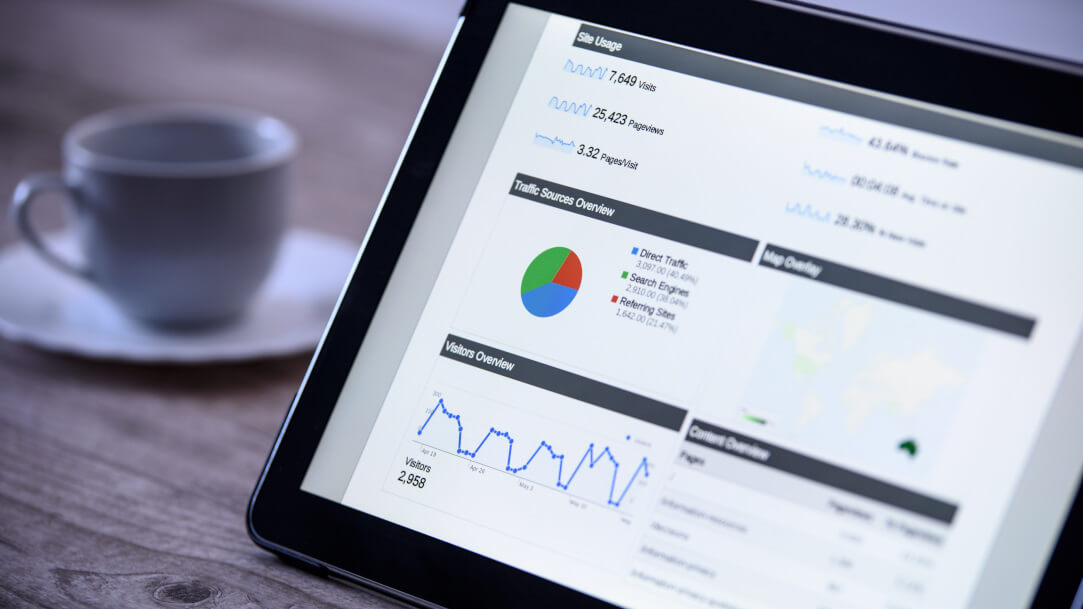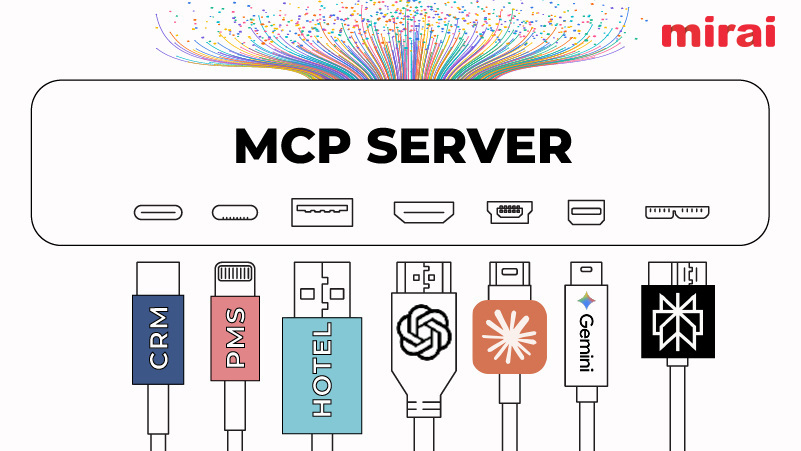
Revenue managers have access to more data than ever before.
Whether it’s internal information about the performance of various business segments or exact insights into pick-up and pace, it’s all just a few clicks and spreadsheets away.
This has made using detailed market insights to make pricing and distribution decisions common practice in the last few years as hoteliers aim to maximise their properties’ top line.
But unless you know how to make the data work for your hotel, this approach could do more harm than good. Because if revenue management data is unreliable, outdated or takes too long to collect, uninformed decisions are often made, and business opportunities are lost or missed out on.
However, if you understand the importance of obtaining high-quality data and business intelligence from reliable sources, you can get a clearer picture of the market and what is shaping and driving demand.
Being able to monitor your competitors’ room rates, maintain rate parity and capitalise on information collected in-house will help you make data-driven decisions faster than ever before and boost the top line.
But let’s get down to details.
1. Get your KPIs and reporting right
Working towards a common goal
In an ideal business, setting and monitoring KPIs are the first steps to developing and implementing a sound commercial strategy. That makes it all the more important for the entire revenue and sales teams to know if the goal is to go for volume or rate. Setting this straight from the get-go will help everyone move in the same direction and avoid often-seen destructive rivalry between sales and revenue, as well as miscommunication between the general manager and other stakeholders.
Leveraging the power of data through business information visualisation
Even once a common target has been set, revenue managers can lose time when monitoring KPIs by having to create reports. By taking advantage of new technology, this process can easily be streamlined. Today’s solutions can collect and present all information in a clean, easy-to-read format and eliminate the need to collect data from countless reports and compile cumbersome spreadsheets nobody wants to read.
In this format, data can be made accessible to all departments involved in real time. At a property level, this includes the sales and marketing team, front office and of course the general manager. Beyond that, regional and head offices, as well as owners, will appreciate visualised data updated in real time where all key points are clearly highlighted and it is immediately visible as to which goals were achieved, surpassed or missed.
2. Capitalise on property-level information
Harness the data hidden in your PMS
A hotel’s PMS is more than just a tool to make reservations and check guests in and out. On top of that, it’s a treasure trove of data covering everything from guest booking patterns to business segment trends and promotion performance. Unfortunately, the potential of this data often remains untapped due to hard-to-decipher reports generated by the PMS.




